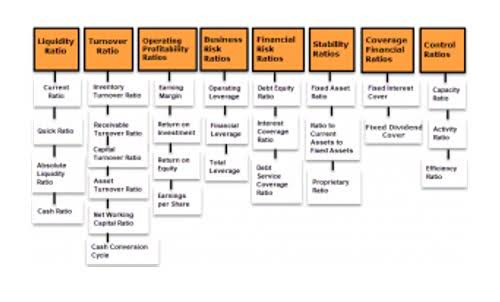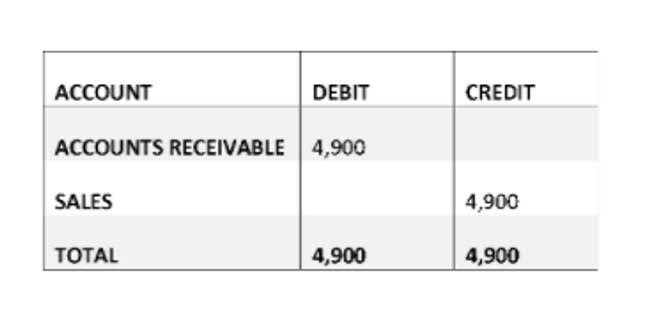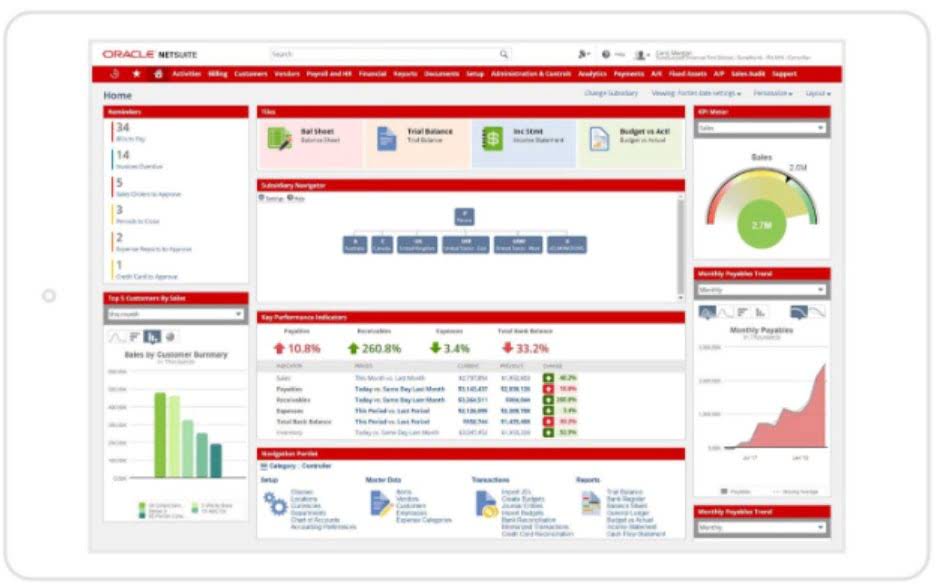
The formula for retained earnings is straightforward, as stated below. Sure, it’s easy to calculate retained earnings using the above formula, but how do you calculate beginning retained earnings? Retained earnings are itemized on the balance sheet after the end of each accounting year as dividends are paid to shareholders. At the beginning of every accounting cycle, all the previous year’s balances are carried forward. Similarly, the previous year’s balance for retained earnings becomes the beginning balance for the current accounting cycle.
How to calculate the effect of a cash dividend on retained earnings
Even though some refer to retained earnings appropriations as retained earnings reserves, using the term reserves is discouraged. They want to know about the returns generated by retained earnings. And they want to know whether they can do better with other investments. An investor may be more interested in seeing larger dividends instead of retained earnings increases every year. They need to know how much return they’re getting on their investment. The statement of retained earnings paints a clear picture of that.
Stay up to date on the latest accounting tips and training
In a weighted competitive strength analysis, each strength measure is assigned a weight based on its percentage share of total industry revenues. Its perceived importance in determining a company’s competitive success in the marketplace. What it takes to provide better analytical balance between the companies with high ratings and the companies with low ratings and thus get the sum of the weights to add up to 1.0. The normal balance in a profitable corporation’s Retained Earnings account is a credit balance. This is logical since the revenue accounts have credit balances and expense accounts have debit balances.
Significance of retained earnings in attracting venture capital

In a corporation, the earnings of a company are kept or retained and are not paid directly to owners. In a sole proprietorship, the earnings are immediately available to the business owner unless the owner decides to keep the money for the business. The statement of retained earnings (retained earnings statement) is a financial statement that outlines the changes in retained earnings for a company over a specified period. Once your cost of goods sold, expenses, and any liabilities are covered, you have to pay out cash dividends to shareholders. The money that’s left after you’ve paid your shareholders is held onto (or “retained”) by the business.

The higher the retained earnings of a company, the stronger sign of its financial health. Your company’s balance sheet may include a shareholders’ equity section. This line item reports the net value of the company—how much your company is worth if you decide to liquidate all your assets. Retained earnings are a clearer indicator of financial health than a company’s retained earnings asset or liability profits because you can have a positive net income but once dividends are paid out, you have a negative cash flow. It reconciles the beginning balance of net income or loss for the period, subtracts dividends paid to shareholders and provides the ending balance of retained earnings. Any changes or movements with net income will directly impact the RE balance.

When Should a Business Use Retained Earnings?

However, it may report those profits after subtracting other figures. Before discussing where retained earnings fall on the balance sheet, it is crucial to understand what they are. It is easier to understand what retained earnings are after defining them. If you have a net loss and low or negative beginning retained earnings, you can have negative retained earnings. Knowing the amount of retained earnings your business has can help with making decisions and obtaining financing. Learn what retained earnings are, how to calculate them, and how to record it.
Benefits of a Statement of Retained Earnings
- Alternatively, companies take the net income for the period to the retained earnings account first.
- As an important concept in accounting, the word “retained” captures the fact that because those earnings were not paid out to shareholders as dividends, they were instead retained by the company.
- Net income increases Retained Earnings, while net losses and dividends decrease Retained Earnings in any given year.
- When a company conducts business, it will generate profits or losses.
- For traded securities, an ex-dividend date precedes the date of record by five days to permit the stockholder list to be updated and serves effectively as the date of record.
- Any probable and estimable contingencies must appear as liabilities or asset impairments rather than an appropriation of RE.
- The owner of this website may be compensated in exchange for featured placement of certain sponsored products and services, or your clicking on links posted on this website.
- However, for other transactions, the impact on retained earnings is the result of an indirect relationship.
- Retained earnings are the cash left after paying the dividends from the net income.
- Another thing you must do is to spend as much time with them as you can afford because you will obviously need to look around for opportunities.
- Retained earnings are reclassified as one or more types of paid-in capital under two general circumstances.